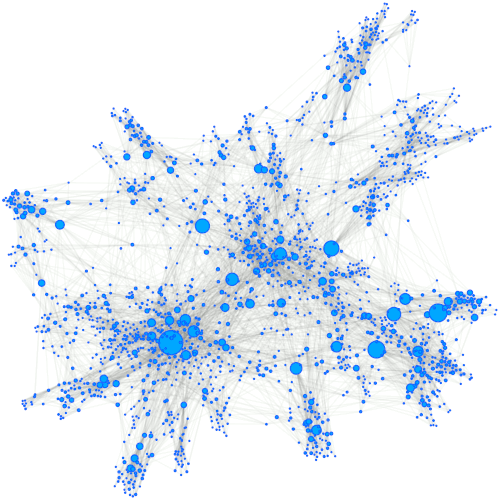Web of trust and digital identity

Designing a decentralised universal dividend currency poses a complicated question: how to ensure that a person can create one and only one share of the currency?
The web of trust (WoT) provides a clever solution inspired by social graph theory by using the links between its members as proof of identity.
This peer-to-peer identification thus makes it possible to eliminate the need for a central entity while maintaining a strong notion of identity necessary for trust in the system.
Entry by co-option
The basic unit of the web of trust is a co-option called certification. By certifying an account, each member of the web is attesting to the link between a physical person and a digital identity.
To enter the web of trust, an account must obtain 5 certifications and follow a series of rules. Once a member, it can in turn issue certifications in limited quantity and frequency.
A secure system
The certification system of the web of trust relies on Ed25519 key pairs also used for transactions. This guarantees the authenticity of the certifications issued by members.
The rules chosen to be included in the web of trust strongly limit Sybil attacks, i.e. where an attacker would attempt to obtain multiple identities.
A valuable social graph
The proof of identity provided by the web of trust has both social applications such as voting and technical applications such as proof of work with personalised difficulty.
In the same way that money is a tool for exchange, it is a valuable tool for setting up distributed systems without hierarchical structure.

A model for graph theory
The evolving social graph registered on the duniter blockchain is based on well-defined rules derived from graph theory.
It is an interesting model to study in this same theoretical framework to better understand social interactions.